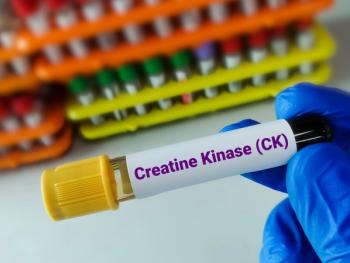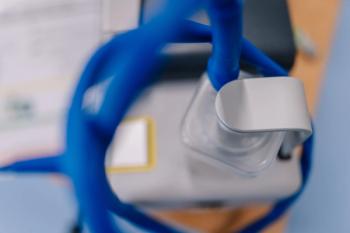
Simulations Highlight Role of Muscle Contracture in DMD Ambulation Loss
Muscle weakness has the biggest impact on patients’ ability to walk, but other factors matter too, researchers found.
New research based on computer simulations of patients’ gaits has found that muscle contracture — and not just muscle weakness—contributes to gait deviations in patients with Duchenne muscular dystrophy (DMD).
The findings, which were
There is no cure for DMD, but disease-modifying treatments have been developed with the goal of delaying loss of ambulation and slowing disease progression. In addition, a number of non-medication approaches to preserve ambulation have been developed, such as rehabilitation, orthopedic, and orthotic treatments, wrote corresponding author Ines Vandekerckhove, Ph.D., of the Catholic University of Leuven, Belgium, and colleagues.
However, Vandekerckhove and colleagues said delaying — or stopping — the loss of ambulation will require a better understanding of the causal factors underlying ambulation loss. While muscle weakness and stiffness have both been implicated in the loss of ambulation, the relative contribution of each factor is unclear.
“It has been postulated that boys with DMD could use the passive forces caused by contractures to compensate for muscle weakness, but also that increased contractures could lead to loss of ambulation if they undermine successful compensation mechanisms for muscle weakness,” they wrote.
To study the question, the authors used a previously collected database of 137 repeated measurements in 30 boys with DMD to conduct a three-dimensional gait analysis. The analysis yielded three distinct gait patterns, which they then compared with a typically developing gait pattern. The authors then measured and modeled muscle weakness and contractures, as well as foot deformities.
The investigators found that simulations created using both weakness and contractures were able to capture most — but not all — of the gait deviations they observed. They found that, while muscle weakness appeared to be the most important factor in gait deviations, other factors — and the interplay between multiple factors — also played important roles.
Vandekerckhove and colleagues further experimented by shifting individual factors to see how they affected the simulations. For instance, when they kept muscle weakness steady in their simulations but progressively increased contractures, the results suggested that small changes would only have a minimal effect on gait. When they did the opposite, though, they found that increasing muscle weakness had a greater impact on gait.
However, when the investigators examined the most-affected gait pattern, they found that the combination of increasing weakness and contractures — rather than increasing weakness alone — led to loss of ambulation.
The investigators said that historically, muscle weakness was seen as the most important factor influencing pathological gait in DMD, and factors such as contractures were downplayed.
“Our predictive simulations indicate that muscle weakness is the main contributor to DMD gait deviations, but some gait features were predicted only by modeling the interaction between muscle weakness and contractures,” they wrote.
The authors said their findings could be used to create personalized models of individual patients.
“Patient-specific simulations could further elucidate the effect of asymmetric weakness or contractures on the gait pattern,” they wrote.
Vandekerckhove and colleagues said more work is needed to validate their findings, including work that looks at contractures of different muscle groups to gain better insights into both impairments and the potential benefits of supportive interventions like exoskeletons. They said one day such simulations could be used to track patients’ disease progression and also to guide treatment selection.
Newsletter
Get the latest industry news, event updates, and more from Managed healthcare Executive.





















































